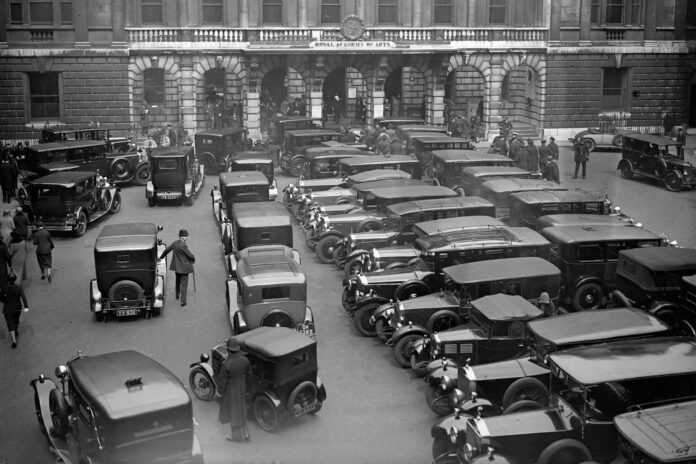You probably wouldn’t hesitate for a second if someone asked you if you locked your car. It seems like such an obvious precaution that it barely requires thought. Yet, just over a century ago, locking your car was anything but commonplace. Back then, it sparked debate and even novelty features in automotive magazines.
In the late 19th and early 20th centuries, “car stealing” emerged as a growing problem in America, leading to the development of rudimentary security devices for automobiles. These weren’t your modern car locks; instead, they primarily targeted ignition systems, steering wheels, or even bonnets (hoods). Imagine finding yourself with eight different locking mechanisms just on one vehicle!
Across the pond, the United Kingdom wasn’t immune to this burgeoning issue. By 1921, British newspapers like The Daily Mail were highlighting the alarming increase in car thefts and urging owners to take basic security precautions – primarily installing some form of lock. Three years later, Autocar, a renowned automotive magazine at the time, lauded a new “ingenious” invention: a master lock that secured every part of a single vehicle through a network of cables and bolts.
Reading those vintage car magazines today is like peering into a bygone era where even basic security features were considered remarkable advancements. Autocar boasted about Hillman cars being designed so that they could be “left entirely locked up when desired,” highlighting the novelty of this feature.
But why did people leave their vehicles unlocked in the first place? The articles from back then reveal a surprising nonchalance towards vehicle security. Autocar commented with bewildered exasperation on how people would casually leave valuable luggage inside their unlocked cars without even thinking twice about it. There were also reports of doctors losing dangerous drugs stored within their unlocked vehicles – a situation that likely highlighted the potential risks beyond simple theft.
Literature from the period mirrored this growing concern for car security. In Graham Greene’s 1930s novel Brighton Rock, a seedy underworld character and his female companion discreetly make their way into someone else’s Lancia parked in a dimly lit lot – an easy feat because, well, the owner likely left it unlocked. And these were just everyday people; even children weren’t above taking advantage of unsecured vehicles. A 1933 incident reported by Autocar tells the tale of two mischievous youngsters who revved up the engine of a parked car for sheer amusement.
Looking back, this period of automotive history reveals that what we now consider basic safety measures were once novelties and even points of discussion.

























